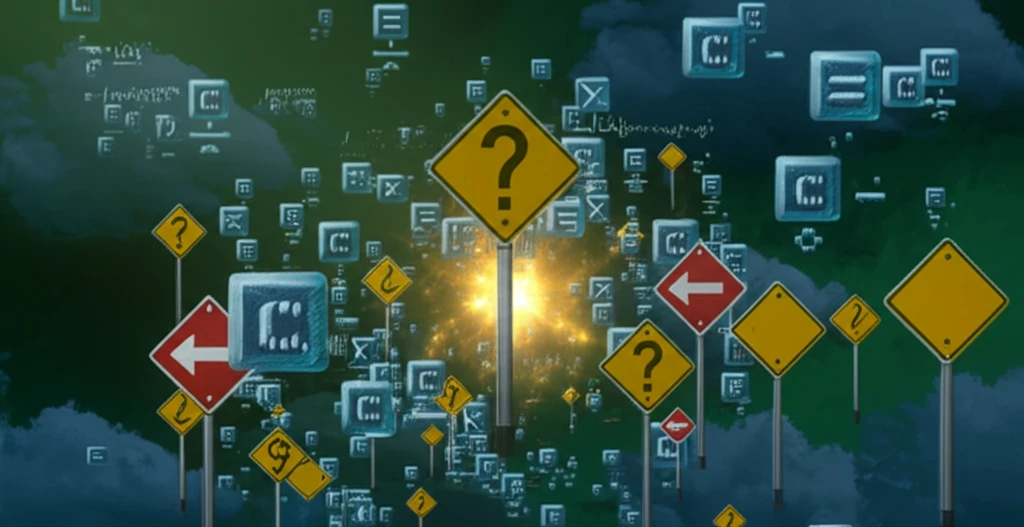
Decode Your Mind: How Signs and Symbols Shape Reality
"Unlock the power of Peirce and Wittgenstein to understand how we create meaning through signs and symbols."
From the dawn of civilization, humans have used signs – symbols, diagrams, language – to navigate and understand the world. Mathematics, a language of its own, relies heavily on these signs. These signs aren't just tools; they fundamentally shape how we perceive reality. The formulas we learn, the graphs we interpret, these aren't just representations of pre-existing truths; they actively construct our understanding.
Think about it: a simple equation can unlock the secrets of the universe, a well-placed diagram can clarify a complex system. These symbolic techniques aren't merely descriptive; they're generative, allowing us to create new knowledge and innovations. The power of mathematics, and much of our understanding, lies in our ability to manipulate and interpret these carefully constructed sign systems.
But where does meaning come from? Is it inherent in the sign itself, or is it something we create? Philosophers like Charles Sanders Peirce and Ludwig Wittgenstein grappled with this very question, offering profound insights into the nature of signs and their role in shaping our world.
Peirce's Semiotics: A World of Signs

Charles Sanders Peirce, a brilliant American philosopher, developed an intricate theory of signs known as semiotics. He proposed that a sign isn't just a simple representation of an object; it's a complex, three-part relationship between the sign itself (the representamen), the object it refers to, and the interpretation (the interpretant).
- Index: A sign directly connected to its object (e.g., smoke indicates fire).
- Icon: A sign that resembles its object (e.g., a portrait).
- Symbol: A sign whose connection to its object is arbitrary and based on convention (e.g., a national flag).
Wittgenstein and the Games We Play with Meaning
Ludwig Wittgenstein took a different, but equally profound, approach to understanding meaning. He argued that meaning isn't something inherent in a sign or symbol; instead, it arises from how we use it within a particular context, what he called a "language game." Think of the rules of chess: the meaning of each piece is defined by how it can be moved and used within the game. Similarly, mathematical symbols gain their meaning from the rules and operations that govern them.
